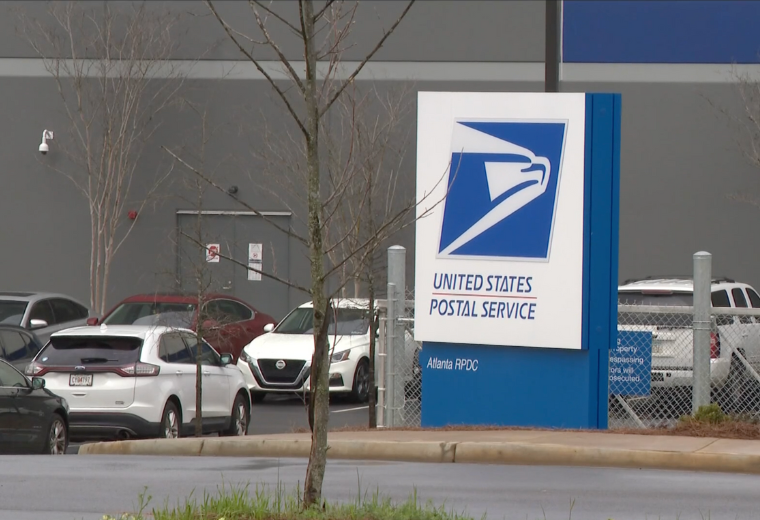
The U.S. Postal Service’s (USPS) July 14 changes to its Parcel Select service have sent shockwaves through the shipping industry, sparking concerns about potential chaos and cost increases. This in-depth analysis aims to shed light on the situation and its implications for retailers.
Understanding the Chaos
The changes are part of a broader upheaval within USPS, marked by network realignment, declining on-time performance, and Congressional scrutiny.
The full extent of these disruptions may not be immediately apparent due to the staggered implementation of rate increases under existing Negotiated Service Agreements (NSAs) with carriers. The staggered timing of these NSAs could delay the implementation of the rate increases for many until 2025, potentially softening the initial blow. Meaning, for many, the real impact won’t hit until 2025.
However, these changes have the potential to disrupt the parcel delivery landscape and reshape the competitive dynamics within the industry.
Winners and Losers in the New Parcel Select Landscape
- USPS: USPS seeks to control the lucrative e-commerce segment and its profits. By reducing incentives for local post office drop-offs, USPS aims to drive volume to its national hubs, charging higher rates. While USPS claims it can handle the increased volume, its current on-time performance raises concerns.
- Shippers: Shippers like Etsy and other direct-to-consumer brands may face reduced competition and choice, potentially leading to higher shipping costs.
- Consolidators: Consolidators like Pitney Bowes, OSM Worldwide, and DHL eCommerce who have invested heavily in infrastructure are at the most risk to be hurt, while those relying on USPS’s Priority Mail Open and Distribute (PMOD) program might be less affected.
- Brick-and-Mortar Businesses: These businesses stand to benefit as higher shipping costs for lightweight e-commerce goods could tilt the balance back in their favor.
- FedEx and UPS: These carriers are well-positioned to thrive, thanks to their existing infrastructure and partnerships.
- Amazon: Amazon could emerge as the biggest winner. The company’s vast distribution network and ability to handle its own deliveries give it a significant advantage.
- Regional Carriers: These carriers might enjoy easier competition due to increased USPS pricing.
What Should Retailers Do?
- Stay Informed: Monitor the situation closely and engage with industry groups and political representatives.
- Flex Your Carrier Mix: Diversify your carrier options to increase your negotiating power and find alternative solutions.
- Analyze the Impact: Assess the potential impact of the proposed changes on your shipping costs.
- Seek Expert Guidance: Consider consulting with third-party experts who can help you navigate the changing landscape and secure the best rates.
Impacts on Retailers Summarized
While the full impact of the USPS changes remains uncertain, retailers can expect:
- Increased Shipping Costs: The proposed price hikes will likely translate to higher shipping costs for retailers, especially for lightweight packages.
- Potential Service Disruptions: The transition could lead to disruptions in the shipping process as consolidators adapt to the new pricing structure.
- Shift in Competitive Landscape: The changes could alter the competitive landscape, favoring certain carriers and potentially impacting retailers’ relationships with existing providers.
By understanding the potential implications and taking proactive steps, retailers can mitigate the negative effects and adapt to the evolving shipping landscape.
Don’t Let USPS Rate Changes Derail Your Business!
Quiet’s massively redundant network and intelligent shipping software are designed to optimize both cost and customer satisfaction. We’re confident in our ability to navigate the USPS rate changes and help you do the same. If you’re looking for a reliable, cost-effective, and customer-centric shipping solution, contact our sales team today to learn how we can help you weather the storm and thrive in this evolving landscape.